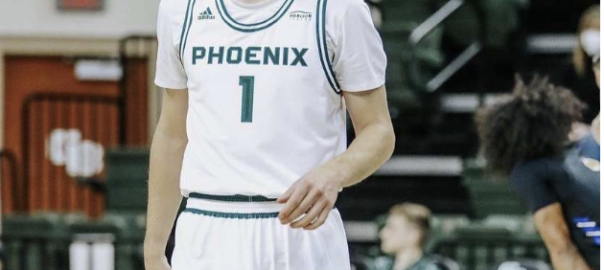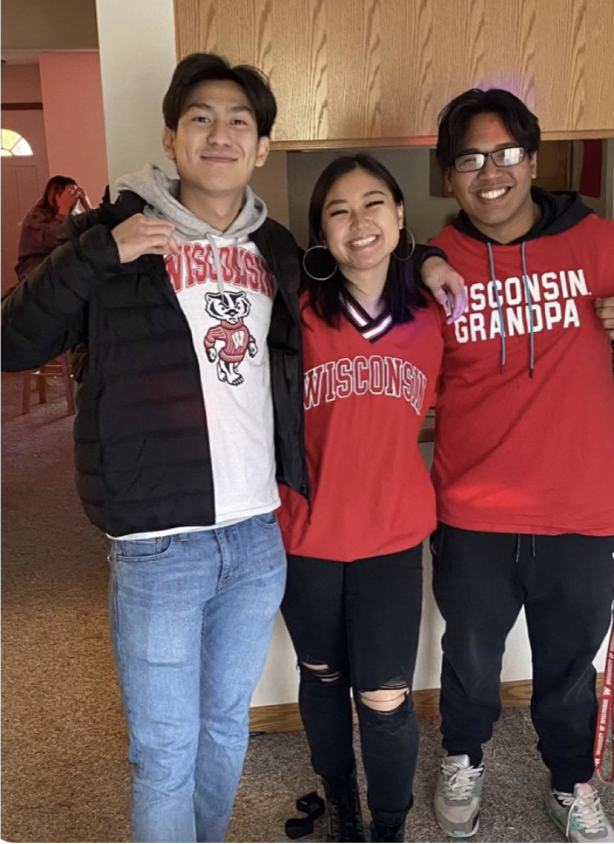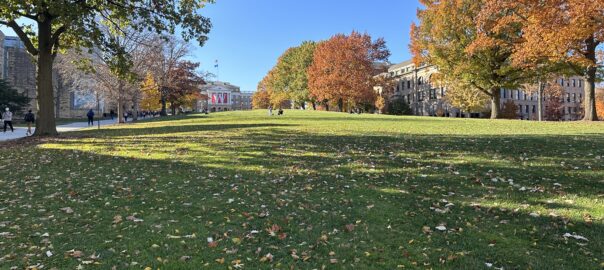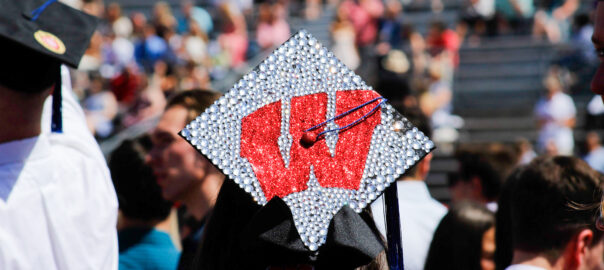A look into the college basketball transfer process through the eyes of a Wisconsinite

Photo by Mitch Listau.
By Austin Keller
Mitch Listau, a former collegiate basketball player for both the Belmont Bruins and Green Bay Phoenix, faced the dilemma of whether to leave everything he’s established behind just to play in front of his home state one more time.
Listau’s basketball journey began in Waunakee, Wisconsin, where he was named a three-time All-State honoree, led the Warriors to two Kohl Center appearances and still remains the program’s all-time leading scorer to this day, 700 points above the next closest alumni. In addition to his abilities on the court, Listau still draws appraisals from former coaches and teammates regarding his demeanor and how he carries himself.
“Mitch was a great leader. Not a rah-rah guy but a leader in the way he went about his business every day. And when your best player is a hard worker, the others follow,” Waunakee Assistant Coach Jeff Knatz said.
After graduating from high school in 2018, Listau was granted the opportunity to play his collegiate hoops at Belmont University, an NCAA Division I school located in Nashville, Tennessee. He ultimately spent three seasons with the Bruins before deciding it was time to come back home, where he then transferred to the University of Wisconsin-Green Bay.
“Being in Nashville for three years, there were many things that I grew to like about being down South. The people, the weather, the food, but also things about Wisconsin that I missed. One of those things being my family and friends that I was only able to see maybe once or twice a year,” Listau said.
Aside from reconnecting with familiar faces, Listau still had one year of remaining eligibility to use up on the court. However, the situation he found himself in with the Phoenix was anything but traditional.
His biggest surprise was the culture shock.
Mason Steffen
“Basketball-wise, I came into a Green Bay team that was looking to rebuild with a second-year coach and virtually all new guys coming in. I figured it would be a great spot for me to jump in, being a fourth-year guy, I was one of the oldest players on the team,” Listau said. “Also being on some very successful Belmont teams, I knew what it took to win and what made successful teams successful.”
The Wisconsin native was poised for a breakout senior campaign in his new environment given his past experience playing against high-level competition. Listau opened the season as one of Green Bay’s starters and contributed in each of the team’s first eight games until adversity struck and he went down with an ankle injury that forced him to miss over two months of action.
While sidelined and going through rehabilitation, Listau had consistent conversations with his childhood best friend, Mason Steffen, where the two guys would keep each other up to date and talk about the transition from a larger, southern school to a smaller university in the north.
“His biggest surprise was the culture shock. Belmont is a fantastically run program that has everyone buying into a common goal for the good of the whole, whereas Green Bay was much more of everyone for themselves culture.” Steffen said. “Also, the cities are much different. Belmont is in Nashville, Tennessee, lots to do and diverse in what it offers. Green Bay is much more limited in that sense.”
Though his return to Wisconsin didn’t quite go as planned, Listau’s brief presence was certainly felt by his Phoenix teammates and coaches both on and off the court.
“When talking about his impact on our team and program, he was the ultimate student athlete to coach and teammate. He struggled through injuries while at Green Bay but was very supportive of our staff and his teammates especially in tough times,” said Green Bay Assistant Coach Freddie Owens. “He was always the guy on the bench rooting for his teammates and spreading positivity throughout the locker room.”
Everyone knows that not everything in life is going to be perfect, but it’s the risks taken and lessons learned along the way that enhances personal growth. Despite the unfortunate injury Listau sustained during his final basketball stint back in his home state, sometimes, it’s the environment around you that can make all the difference in the world.
“I appreciated the players and coaches in my short time at Green Bay and they made me feel at home,” Listau said.















